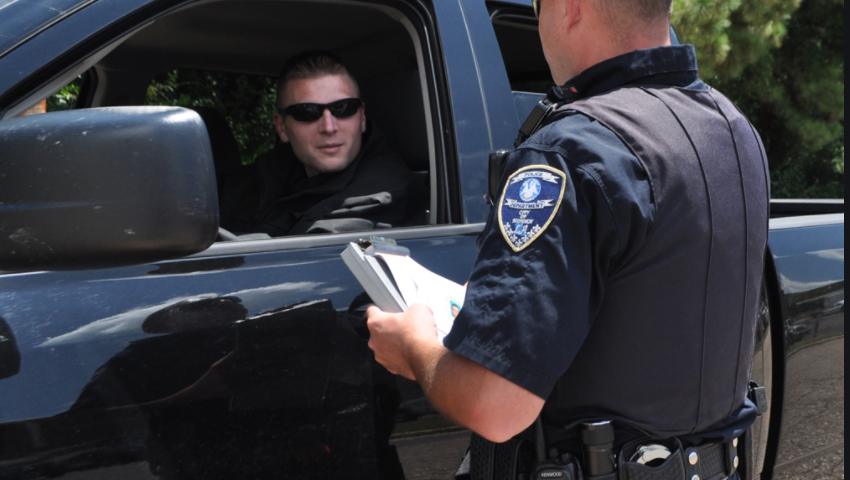Being pulled over by a police officer can be stressful, especially if you are a visible minority or identify with a marginalized group. The law squarely places the burden of de-escalation on police officers, but it has become tragically apparent that this does not always play out in field situations. By equipping yourself with knowledge about your rights and the key Do’s-and-Don’ts of police interactions, you can handle these encounters more confidently and safely. Here are the most important things to keep in mind when you get pulled over by police:
- You can remain silent.
- You do not have to verbally answer any of the police officer’s questions, except for cases where an accident has taken place. Then you must comply with the officer’s request for an accident report.
- You only need to show the police three documents: your driver’s license, vehicle registration, and proof of insurance.
- You must submit to a roadside breath-test, even if the officer does not have reasonable suspicion.
- You do not have to give police permission to search your vehicle.
- Police officers can only check certain documents (listed in point 2) and look inside your car through the window, unless they have reasonable grounds (sufficient to be demonstrated in court) that there are illegal items in the car (drugs, weapons, etc).
- Police can only search your phone if you give affirmative consent.
- You have the right to record the officer.
- Recording the police is absolutely your right, but it is advised to do so discreetly, or only when it is necessary. Officers may feel antagonized or disrespected if they discover you recording them and may end up punishing you more severely than you deserve.
- Once you know you are being pulled over, signal that you are changing lanes, and slow down slowly in the shoulder.
- Roll down your window all the way, put out your cigarette, and dispose of your chewing gum (inside the car).
- If it’s nighttime, turn on the interior light.
- Once you’ve positioned yourself to be approached by the officer, put both hands on the steering wheel.
- Officers are anxious about a driver grabbing a weapon from a hidden compartment. Officers can see the back of your head and your shoulders from their car, and they can tell if you are moving around or rummaging for an object. Keep your head straight and both of your hands clearly visible on the steering wheel until the officer is at your window.
- Speak politely, address the officer as “officer”, and say yes or no sir or ma’am when asked a question, and do not disagree with their assessment.
- First impressions matter. Beginning the conversation with “Good evening officer” can diffuse the tension and set the tone for the rest of the interaction. If the officer says, “License and registration” before you can say anything, say “Yes sir/ma’am” or “Yes officer” and ask permission before reaching for your documents.
- Ask for permission before reaching for anything (including documents).
- After the officer has given you the order to present your documents, it can be helpful to clarify your actions. “Yes sir/ma’am. I’m now going to reach down into the glove compartment and retrieve my documents”. Make eye contact with them when you say this phrase so you know that they heard you.
- No sudden movements.
- Officers can be extremely on-edge in these situations. Some regularly deal with life-threatening situations or know someone who was killed during a roadside stop (you might be scared for those exact same reasons but stay calm). The worst thing you can do is make them feel uneasy or threatened. Be calm and controlled in your movements.
- Let the officer do the talking.
- Anything you can be used against you as evidence.


